As a location shooter on assignment, you are continuously desperate on many levels, and one of the principal sources of your ongoing anxiety is the search for the lead photo. It is a picture that does a lot of the heavy lifting for you. It’s the opening spread, bears the weight of type and text, announces the intent of the coverage, and, most importantly, grabs the eyeballs of the beleaguered, over-saturated, out of time reader. It sometimes has nano-seconds to do this. Sometimes you know you have it, instantly, when you shoot it. (As one of the old timers at the New York Daily News told me, somewhat indelicately, when I was just a pup apprentice in the studio, “You know you got somethin’ good, kid, ’cause you can feel your asshole goin’ like dis!” He then made kind of circular grouping of his fingers, and roughly imitated the uh, well, feeling.)
Having just come out of the Masters program in photojournalism at Syracuse University, and thus having been steeped in the elegant, erudite legends of Steichen and Stieglitz, I was amused, and mildly appalled at this rough around the edges piece of advice. However, that street-wise NY shooter knew what he was talking about. When you do get that picture, the one you come for, and you know you got it, something happens. Your head pings, your heart skips, your lungs catch abruptly. Or something happens elsewhere, as he indicated. I guess that’s just a matter of one’s personal physiology as it relates to the welcome emotional relief that knowing a good picture has been made bequeaths to you. It’s like the sound of the shutter nailing that frame constitutes a momentary overload, and your circuit breakers trip inside of you, somewhere.
Sometimes this just happens, almost effortlessly, in the course of a coverage. Sometimes, it’s a pulled tooth. I did a telescope coverage for Nat Geo not too long ago. (I’ve shot telescopes for Geographic twice now, and these types of coverages are like being an extra in the opening scene of Les Miserables. It’s heavy lifting.) I got sent to the world’s largest binocular telescope up on Mt. Graham, in Arizona. It was bad weather, and the scope could not be opened, but we had a deadline, so I went, met an assistant there, and we proceeded to light the interior of the chamber.
I knew this telescope was important to the story, but I also knew this would most likely not fly as a lead. Too confined, too busy. A lot of work for a picture to never see the light of day, and the work is not particularly joyous at that point, because I’ve been doing this long enough to know, at least occasionally. as I’m shooting it, that the picture, as my dear friend and editor at NGS Bill Douthitt tends to say, “is going to Toledo.” His phraseology for a pic that is on a train out of town, and ain’t coming back.
So I went back. Chalked off the first go round to an exhausting scout. I pushed the notion that the pic was outside, looking in, not the reverse. My ever patient studio manager and production guru, Lynn, drilled through the reams of paperwork required to get a 175′ boom crane truck up Mt. Graham, which is a National Park and an endangered species area, and we blocked it into the side of the hill, went up and shot what turned out to be the lead.
Occasionally, your work in the field is such a blur, that you make the lead pic and you don’t know it. Sports Illustrated sent me to Japan for a month to shoot Japanese golf, and I was met in gracious and ceremonial fashion by our Japanese hosts, who promptly whisked myself and Gabe, my assistant at the time, off to a huge welcome dinner. Jet lag of those proportions does not mix well with high end, exotic Japanese style cooking, and Gabe and I gamely, honorably, muddled our way through a Daisy wheeled panoply of fish with the eyes and heads, spicy brains, eel and the like, and then…..we were brought to a a famed, multi-tier driving range in downtown Tokyo to do a shoot!
I don’t recall shooting this, actually, as my head was just as much of a blur as the foreground golfer, which I shot with a flash mix, which of course endeared me to everyone at the range. They got their revenge for my flash affronts when Gabe and I were given what we dubbed “the bat shield,” and allowed to walk out in front of all the golfers to shoot back at the grandstand. One of them almost took my ear off as I poked camera and lens around the screen to make pictures. I didn’t know it, and I of course continued to shoot for a month, but I had the lead photo within hours of stepping off the plane.
And then of course, you can be utterly clueless. (Numnuts strikes again!) That’s when you need an editor. For the pic up top, it was our first day in the field with multiple UAVs. We had three, which was a good thing, ’cause two of them didn’t work. It was a shakedown day, opening day, sort of, and I wasn’t overly concerned at the non-performance of our flying machines. It was cold, and getting dark, so Drew and I set up a small flash on a paint pole, and started just making some sort of picture, somehow, out of this day in the field that was an absolute bust. Ziggy, our intrepid UAV pilot, hovered his Micro-kopter out in the middle of a lonely agricultural road, and I shot a few frames, and we called it a night. The lead photo was in the camera, but I didn’t know it.
My editor Bill, at Geographic, and I share an unfortunate fascination with all manner of bad movies, science fiction, comic book characters. As our wives remind us, if we could just download the committed to memory dialogue of movies from Dirty Harry to Predator to Monty Python, our upstairs decks might actually clear enough to do something productive. But, his dark fascinations do play a role. In this pic he saw something–I don’t know–UAVs meet Twin Peaks, or here’s the UAV scouting for the imminent zombie attack. Anyway, he brought it forward, and the magazine gave it a stamp of approval, and it became the lead. I had zip to do with that process. The only stupidly smart thing I did was put my camera to my eye and keep shooting on a day when all was basically lost.
Tech specs….Flash on paint pole, w/ dome diffuser, camera left. 14-24mm lens at 15mm. D3S camera. 1/80th at f5.6, ISO 800. Below is a shot as it lands, so you can see why I had to look up at it. If I referenced the ground, the shadow from the flash becomes too prominent.
More tk….

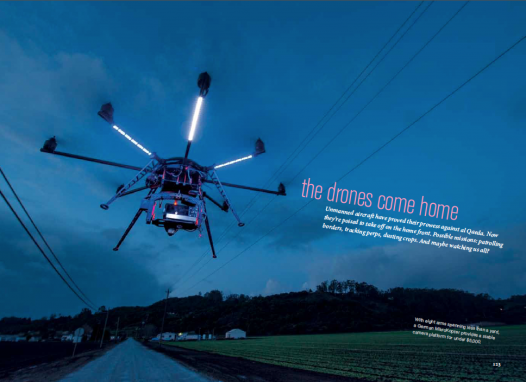
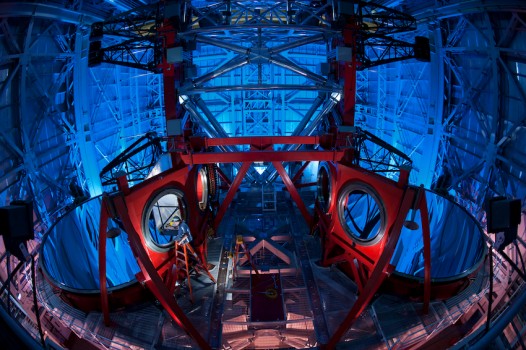
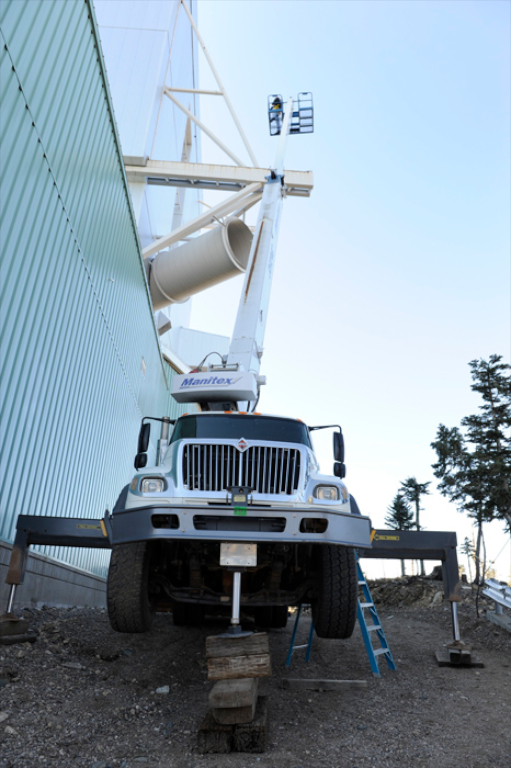

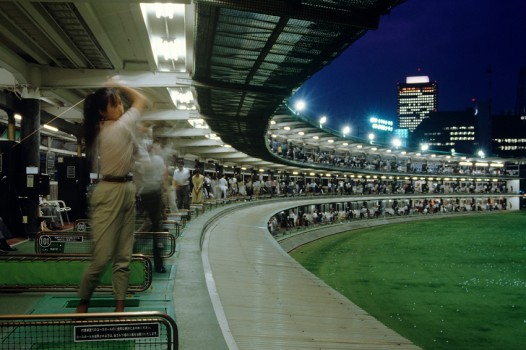
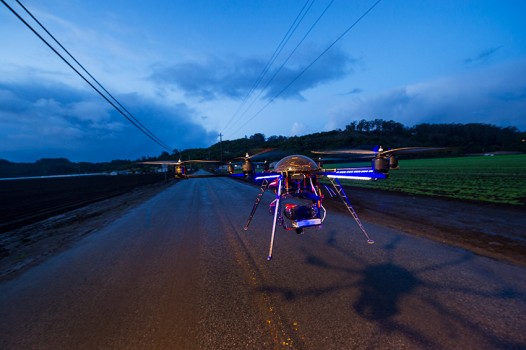
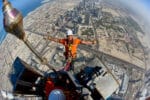
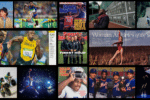
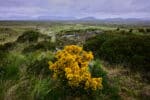
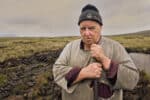

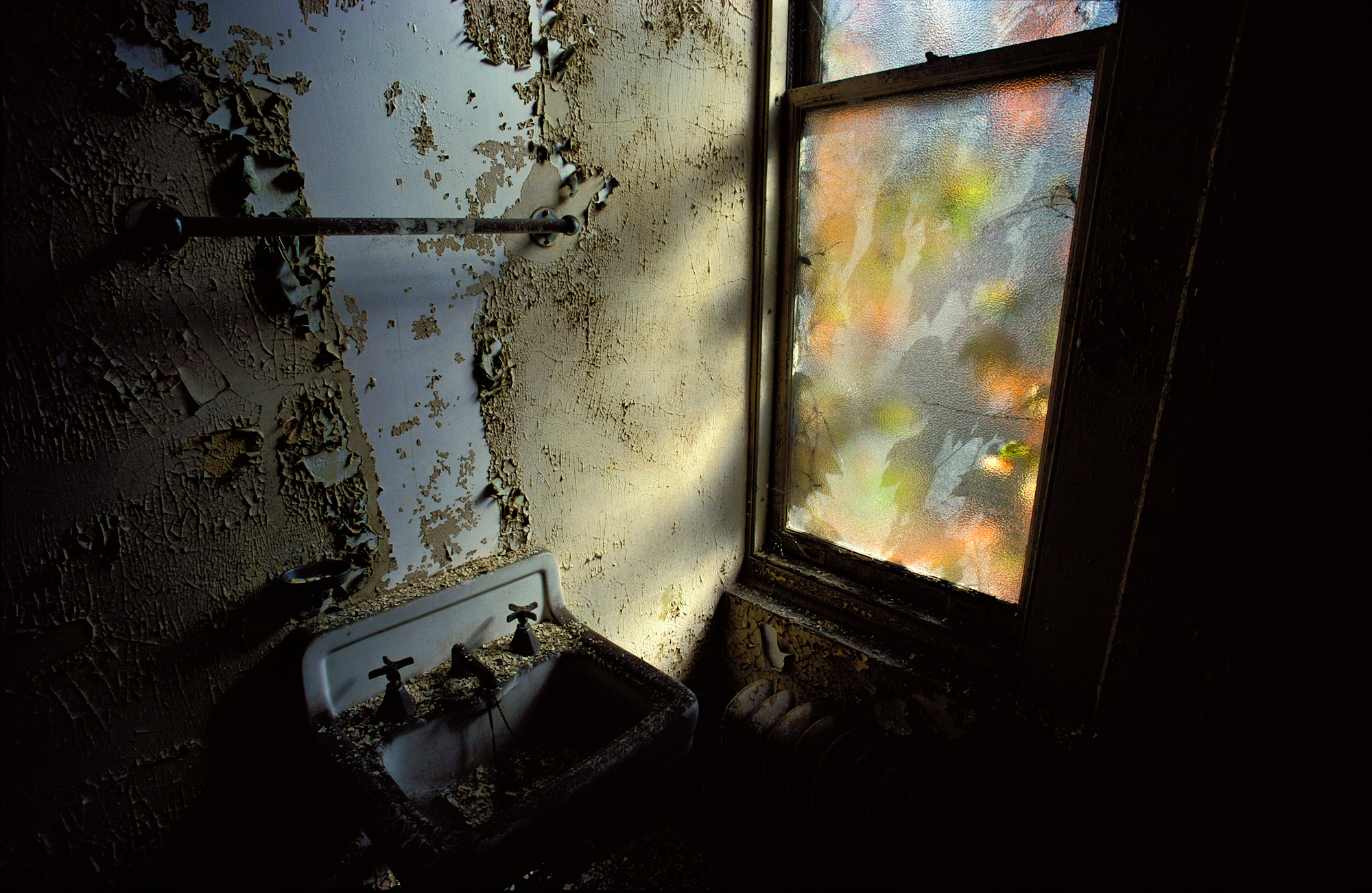



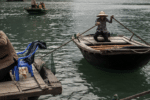



This is the sort of post that makes me love this blog so, so much. Informative, some tech detail (but not too much), mixed in with a bit of anecdote. And the all-important lowdown on why these particular images were chosen. Yours is a rare photography blog, in that the words count as much as the images. Thanks.
It’s always a joy to read about your endeavours.
Thanks!
Great blog, Joe. It really shows the importance of having a good editor on board and, in a broader sense, how valuable it is to have others with some photo knowledge review our work. As photographers we’re not always the best judge of our own in terms of what’s trash and what’s a gem.
You say “unfortunate fascination with all manner of bad movies, science fiction, comic book characters” like it’s a bad thing…
Hope Ziggy continues to fly you door-to-door on all your shoots, pal!
Thank you for sharing your insights on what makes a lead photo and the process behind capturing it. As a photography enthusiast in high school, articles like these inspire me to continue to follow my passion.
Wonderful insight into your world….And what a world!
Thanks Joe.
You and your skills are “Global Treasure.” I’m delighted to read and learn from your blogs. Emotionally overwhelming, many a time!
Joe, love the UAV image and love your work. Though, it’s unfortunate that the editor chose to use your image of a multirotor, clearly designed for aerial photography (is that a NEX5 sitting under there?) to illustrated an article about fixed wing UAVs or in this case the term drone would be more appropriate.
I have to say, it’s really frustrating to see the same crap being rehashed in relation to this type of UAV. Everyone ALWAYS takes the same approach; they proved their worth on the battlefield and now they are coming here to watch us. First off, they should always be called UAVs, or multirotors, or a quad, hex, or octo. Further, the drones used in military applications has nothing in common with the multirotor technology being used in the image to illustrate the article NatGeo, unless of course you count using a GPS to help control the craft. I really wish someone would produce something to put these things in a positive light. Very few multirotor operators (I know anyway) have any interest in spying on people. The main focus is to utilize this technology to produce images that are not attainable in any other way. Articles like this only serve to drive up the sensational, futuristic image of big brother following your every move. If that is to happen, it won’t be coming from the consumer or professional imaging and video sector, which is what every one of these articles tend to project.
If you couldn’t tell, I’m the owner/builder of similar crafts used to shoot photos and video of subjects that would not be possible with a full scale helicopter or aircraft. Photography is a wonderful application of this technology but to use a photo of this craft to illustrate the article is misleading.
WHAT IS THE EXACT NAME OF THE PAINTERS POLE THAT JOE MCNALLY USES ON SOME OF HIS SHOOTS?
MANY THANKS,
J.FINE
APHOTOG3@AOL.COM
Hi Jerome…it’s called a Shur Line Paint Pole and we get them on Amazon. It’s fitted with a Kacey Pole Adapter, and we get those at Adorama. Best, Joe